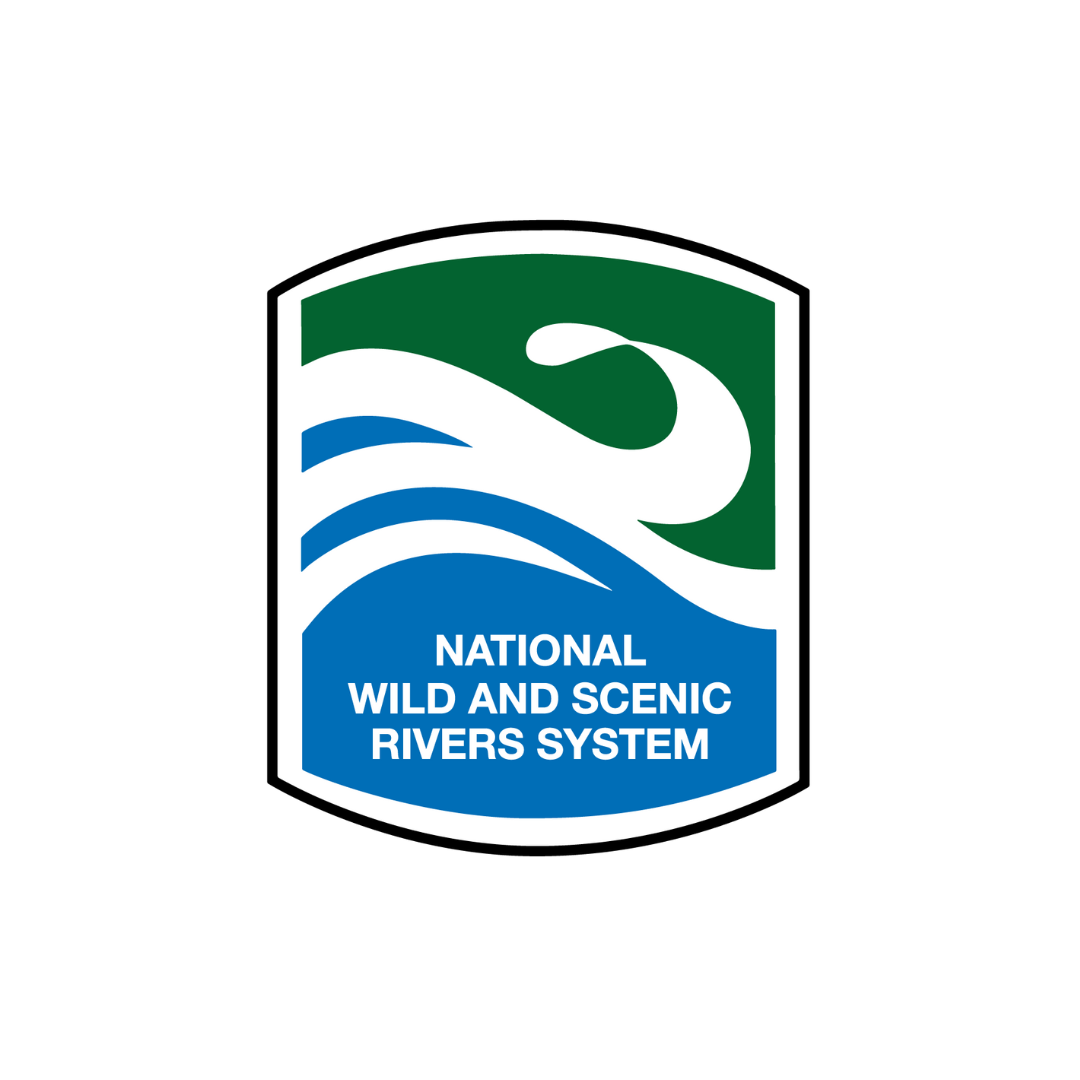Class II Lamprey River, NH
Packers Falls to Piscassic Park
This mostly flatwater section begins with two short Class II rapids and then passes through woods and old farm fields before becoming impounded by the Macallen Dam in Newmarket. The takeout is on the Piscassic River near its confluence with the Lamprey.
The Lamprey River has a predominantly undeveloped, natural shoreline. As a federally designated Wild and Scenic River, the Lamprey is classified as a "recreational river". Recreational activities along the river are defined mostly by the river itself and access to it. People use the river recreationally for canoeing, kayaking, and swimming in the summer. For fishing enthusiasts, the NH Fish and Game Department stocks brook, brown, and rainbow trout in Lee and Durham and maintains a river herring restoration program on the Lamprey. In winter, visitors to the river enjoy cross country skiing, snowshoeing, skating, and snowmobiling.
From the Bunker Pond Dam to the confluence with the Piscassic River, the Lamprey River's shoreline, natural floodplain, and wetlands provide a range of wildlife habitats. Currently, the Lamprey has the largest quantity of anadromous fish in the Great Bay watershed, and it hosts substantial numbers of freshwater mussel species.
The river's resources include archaeological sites of prehistoric and nineteenth century culture, which are representative of the early settlement of New Hampshire's seacoast region. It is managed through a local-state-federal partnership, the Lamprey River Advisory Committee.
For More Information Visit: Lamprey River - rivers.gov Lamprey River Advisory Committee - recreation
Section Details
| Trip Length | Partial Day, 2.1 Miles |
| Fishing | Yes |
| Camping | No |
| Manager | Private, Lamprey River Advisory Committee |
| Wild & Scenic | Yes |
| Water Trail | No |
| Partner Information |
http://www.lampreyriver.org/UploadedFiles/Files/LampreyTourGuide.pdf
https://www.rivers.gov/river/lamprey |
